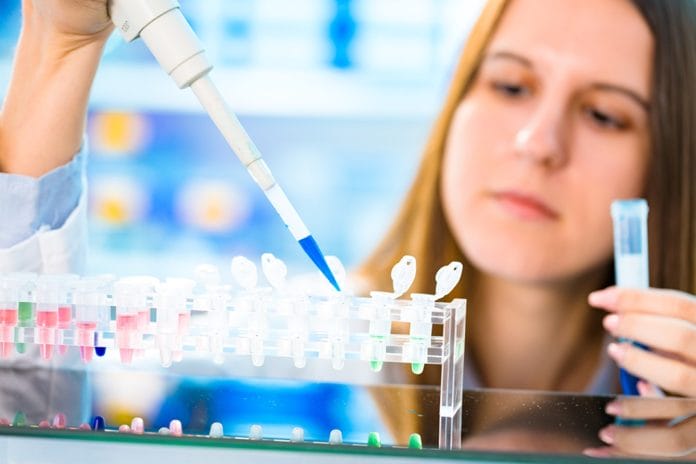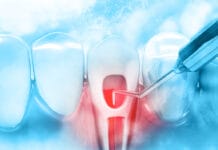A large percentage of children suffer some form of injury or trauma to a tooth at some point during childhood. When this happens, the immature permanent tooth can be affected by poor blood supply and development of the root. For a long time, standard protocol for treating this has included a procedure that helps the root develop better, but doesn’t replace the tissue lost. Thanks to a recent scientific study that could all change.
Background on the Team, Science, and Research
Recently published in the Science Translational Medicine journal are the results of a spectacular clinical trial. Kun Xuan, Bei Li, and Yan Jin from China’s Fourth Military Medicine University worked in conjunction with Songtao Shi from the University of Pennsylvania in a clinical trial with one goal in mind: treating childhood injuries and trauma with stem cells from the patient’s baby teeth.
Songtao Shi is a professor and the Chair of the Department of Anatomy and Cell Biology at the University of Pennsylvania’s School of Dental Medicine and has been determined for more than ten years to do extensive research on dental stem cells. In particular, baby teeth stem cells. Professor Shi discovered stem cells in his own child’s baby tooth and began the adventure of learning more about them, how they work, and what they can do. With the official title of human deciduous pulp stem cells (hDPSC), Shi and his colleagues strongly believed there would be immense possibilities in the results of their scientific research.
The Trials
Phase I of the trials began with 40 enrolled children in China. Each one of these children still had primary teeth, as well as an injury to one of their permanent teeth. Ten of these children received the standard procedure, apexification. The other thirty children were given stem cell treatments; extracted from the patient’s own primary tooth and reproduced in the lab.
Results and Findings of the Study
Upon the initial findings of Phase I of the trial, researchers found that the thirty children who had received the stem cell treatment had better signs of blood flow, healthy root development, and thicker dentin. And only the children who received the stem cell treatment regained some sort of sensation in the tissue of their injured tooth when all of the children had little-to-no sensation before the trial began.
In another twist of fate, the researchers gained the chance to reexamine one of the patient’s treated teeth. One of the children with a stem cell treatment reinjured the same tooth, giving scientists an opportunity to examine it again. During this chance examination, they found the stem cells they treated the tooth with had actually regenerated some of the tooth’s dental pulp, like the cells responsible for dentin, blood vessels, and connective tissue.
The Future
For Shi and the rest of the team, this is only the first step. This treatment is not an option for adults who have lost all of their primary teeth, which is the main aim for Shi’s team. The goal is to use the results from the trial to take it a step further and use stem cells donated from another person to begin to regenerate the same tissue for not just children, but adults as well. The next step will include a second round of clinical trials in the U.S.
The scientific team also believes this research and their findings can eventually be used for broader dental applications, as well as the possibility of treating system diseases like lupus.
Stem cell research has taken astonishing strides in recent decades, with the dental industry being next in line for some amazing and innovative findings, thanks to the University of Pennsylvania, Songtao Shi, and the rest of his team.










